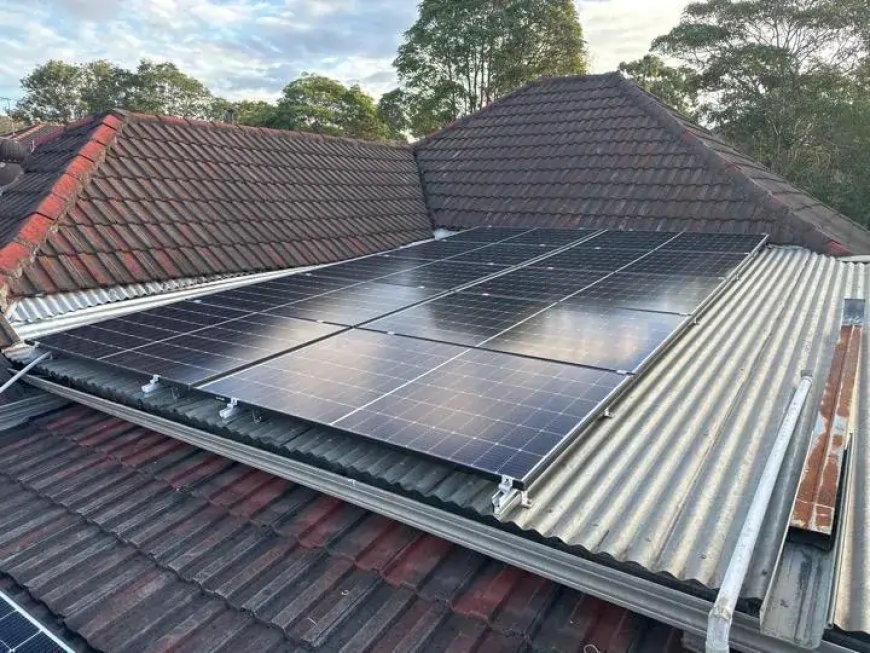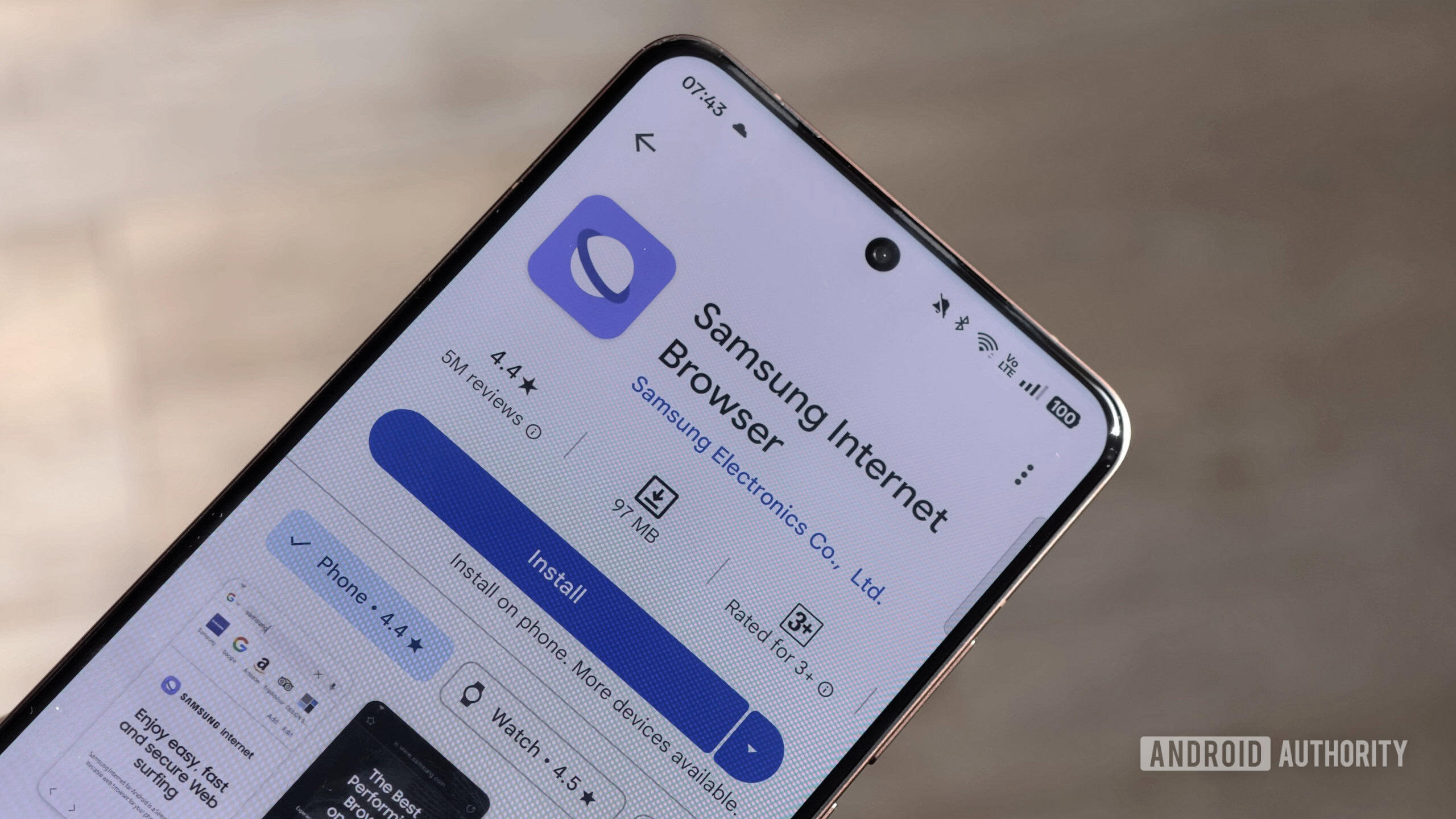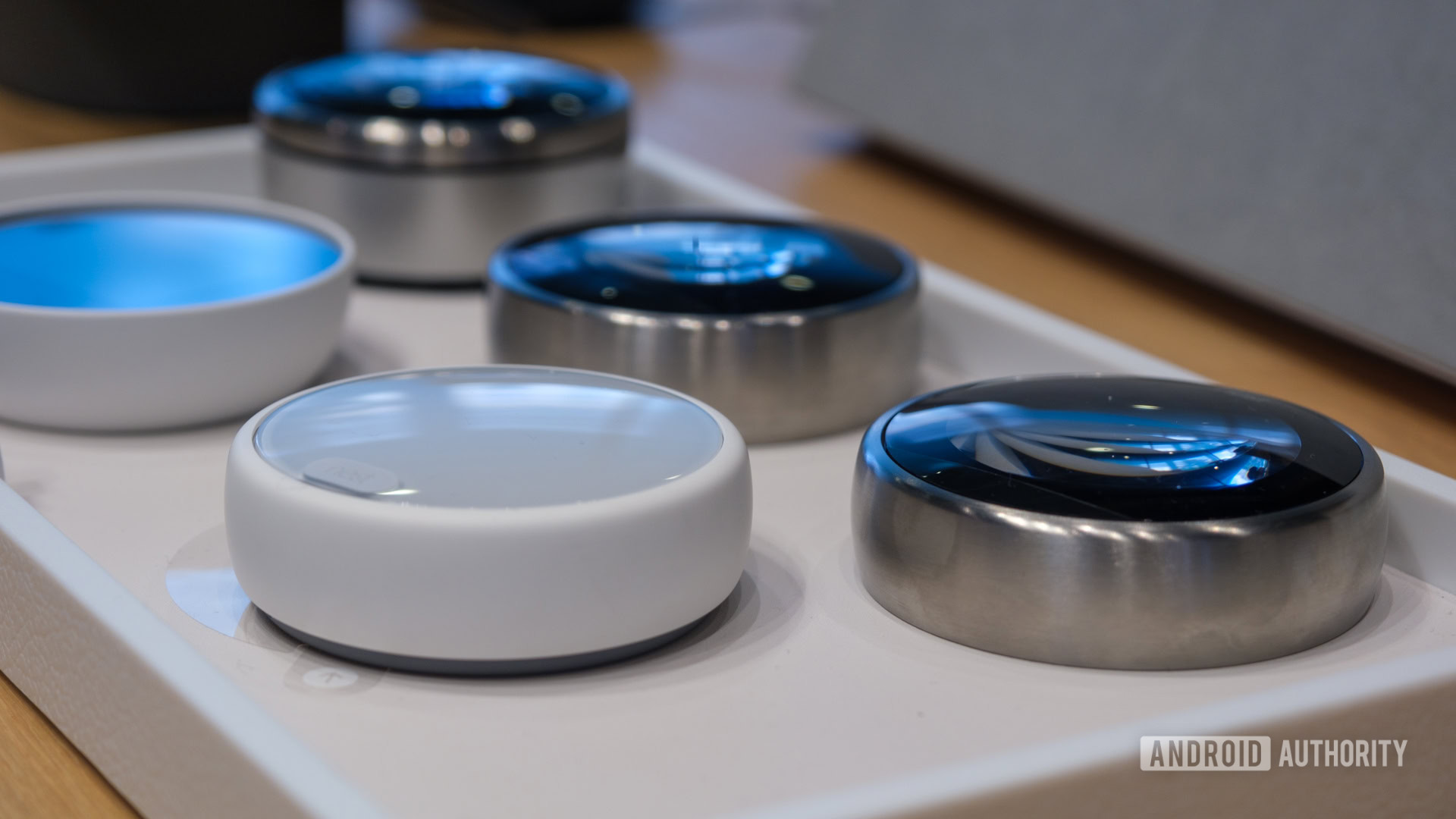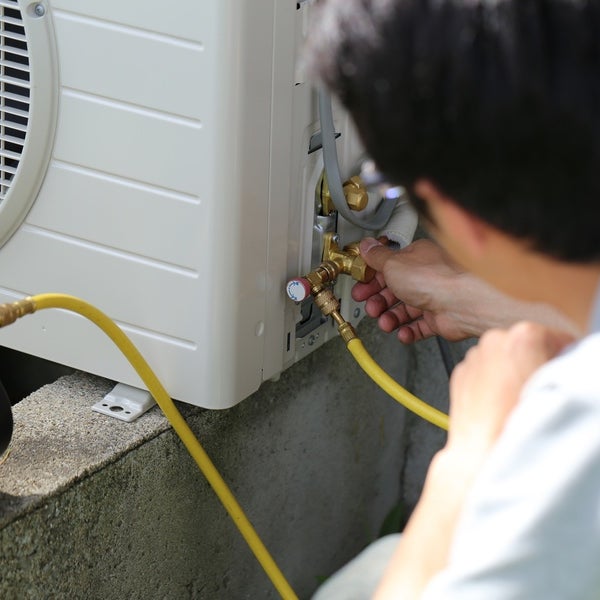Solar Energy in Australia: The Ultimate Guide to Choosing the Best Panels
Investing in solar energy in Australia is a smart choice for reducing energy bills, promoting sustainability, and taking advantage of abundant sunshine. By considering factors like efficiency, cost, warranty, and type of panels, you can make an informed decision that will benefit you for years to come.

Australia, with its abundant sunlight and progressive renewable energy policies, is a prime location for harnessing solar power. Whether you're a homeowner, a business owner, or a sustainability enthusiast, investing in solar panels can be a game-changer for both your energy bills and your environmental footprint. This ultimate guide will help you navigate the process of choosing the best solar panels for your needs in Australia.
Why Choose Solar Energy in Australia?
1. Abundant Sunshine
Australia enjoys one of the highest solar radiation levels in the world, making it an ideal place for solar energy generation. With over 2,600 hours of sunshine annually in some regions, solar panels can generate significant amounts of electricity.
2. Government Incentives
The Australian government offers various incentives to promote solar energy adoption. These include the Small-scale Renewable Energy Scheme (SRES) and state-specific rebates, which can significantly reduce the upfront costs of solar panel installation.
3. Reducing Energy Bills
Switching to best solar panels australia can lead to substantial savings on your electricity bills. By generating your own power, you can reduce your reliance on grid electricity and potentially earn credits for excess energy fed back into the grid.
4. Environmental Benefits
Solar energy is a clean and renewable source of power. By choosing solar, you can reduce your carbon footprint and contribute to the fight against climate change.
Factors to Consider When Choosing Solar Panels
1. Efficiency
Solar panel efficiency refers to the ability of the panel to convert sunlight into usable electricity. Higher efficiency panels produce more electricity from the same amount of sunlight, making them ideal for limited roof space. Look for panels with efficiencies of 18% or higher.
2. Cost
While initial costs can be high, it’s important to consider the long-term savings on your energy bills. Compare prices from different suppliers and consider the cost per watt to find the best value for your investment. Don't forget to factor in installation costs and any available government incentives.
3. Warranty and Lifespan
A good warranty can offer peace of mind and protect your investment. Look for panels with a performance warranty of at least 25 years and a product warranty of 10-12 years. This ensures that your panels will continue to perform well over their lifetime.
4. Types of Panels
There are three main types of solar panels available:
- Monocrystalline Panels: Known for their high efficiency and sleek appearance, monocrystalline panels are ideal for those with limited roof space.
- Polycrystalline Panels: Slightly less efficient but more affordable than monocrystalline panels, making them a popular choice for larger installations.
- Thin-Film Panels: These are less efficient but are flexible and lightweight, suitable for unique applications where traditional panels cannot be used.
5. Brand and Manufacturer Reputation
Choose panels from reputable manufacturers with a history of producing reliable products. Top brands like LG, SunPower, and Canadian Solar are known for their quality and performance.
Steps to Choosing the Best Solar Panels
1. Assess Your Energy Needs
Calculate your average electricity consumption to determine the size of the solar system you need. Review your electricity bills to understand your usage patterns and peak consumption periods.
2. Evaluate Your Roof Space
Consider the size, orientation, and shading of your roof. South-facing roofs receive the most sunlight in Australia, but east and west-facing roofs can also be effective. Avoid areas with significant shading from trees or other buildings.
3. Get Multiple Quotes
Request quotes from several reputable solar installers. Compare the costs, warranties, and expected energy output of the systems they propose. This will help you find the best deal for your needs.
4. Check Certifications and Standards
Ensure that the solar panels and installation comply with Australian standards. Look for certifications from the Clean Energy Council (CEC) to guarantee quality and reliability.
5. Review Financing Options
Consider the various financing options available, including outright purchase, solar loans, and solar leasing. Each option has its pros and cons, so choose the one that best fits your financial situation.
Conclusion
Investing in solar energy in Australia is a smart choice for reducing energy bills, promoting sustainability, and taking advantage of abundant sunshine. By considering factors like efficiency, cost, warranty, and type of panels, you can make an informed decision that will benefit you for years to come. Start by assessing your energy needs, evaluating your roof space, and getting multiple quotes to ensure you choose the best solar panels for your specific situation. With the right panels, you'll be well on your way to a greener, more cost-effective future. solar inverter australia are essential components of any solar energy system, converting the DC electricity generated by solar panels into AC electricity used in homes and businesses.
What's Your Reaction?
 Like
0
Like
0
 Dislike
0
Dislike
0
 Love
0
Love
0
 Funny
0
Funny
0
 Angry
0
Angry
0
 Sad
0
Sad
0
 Wow
0
Wow
0
















































